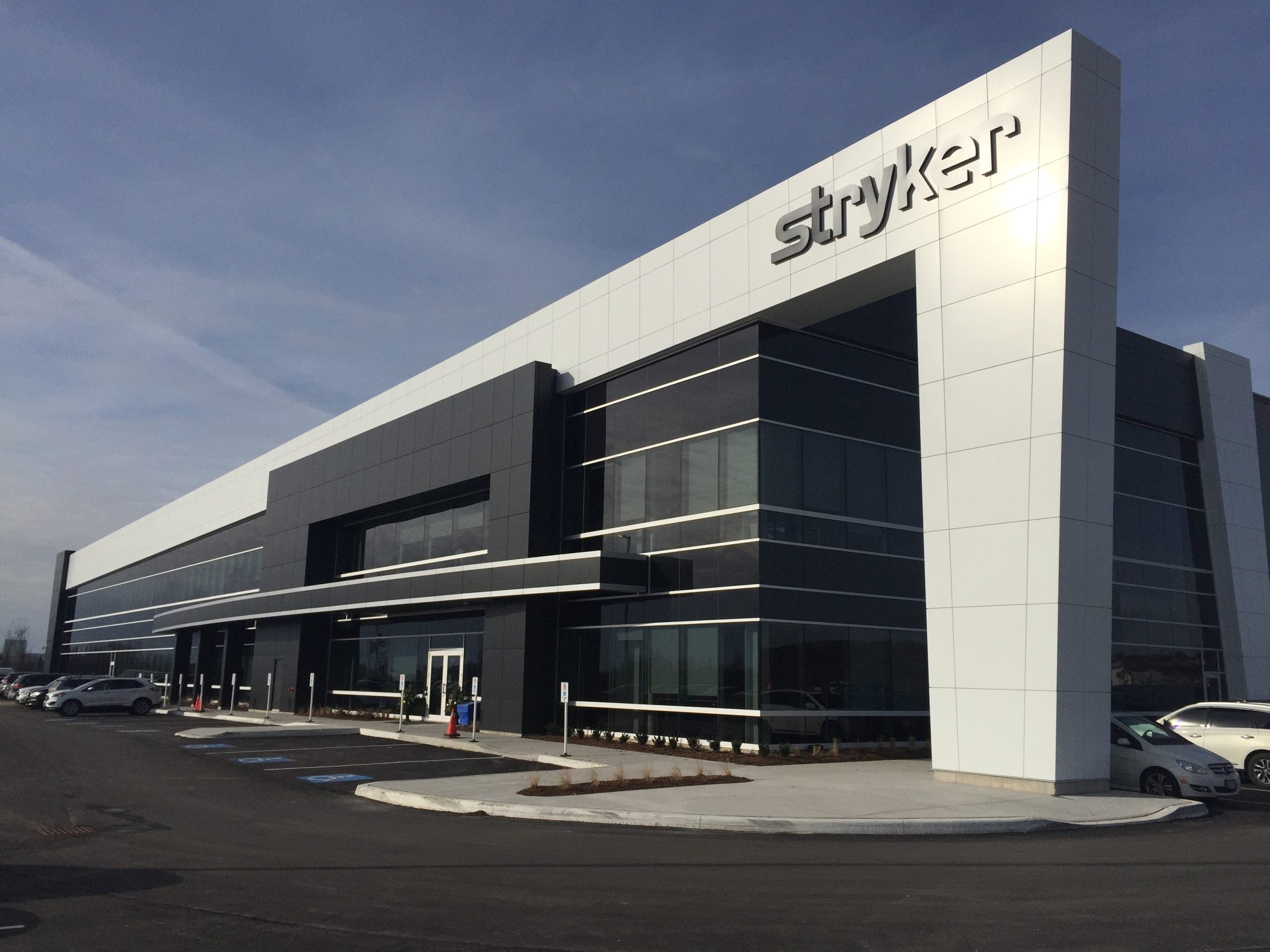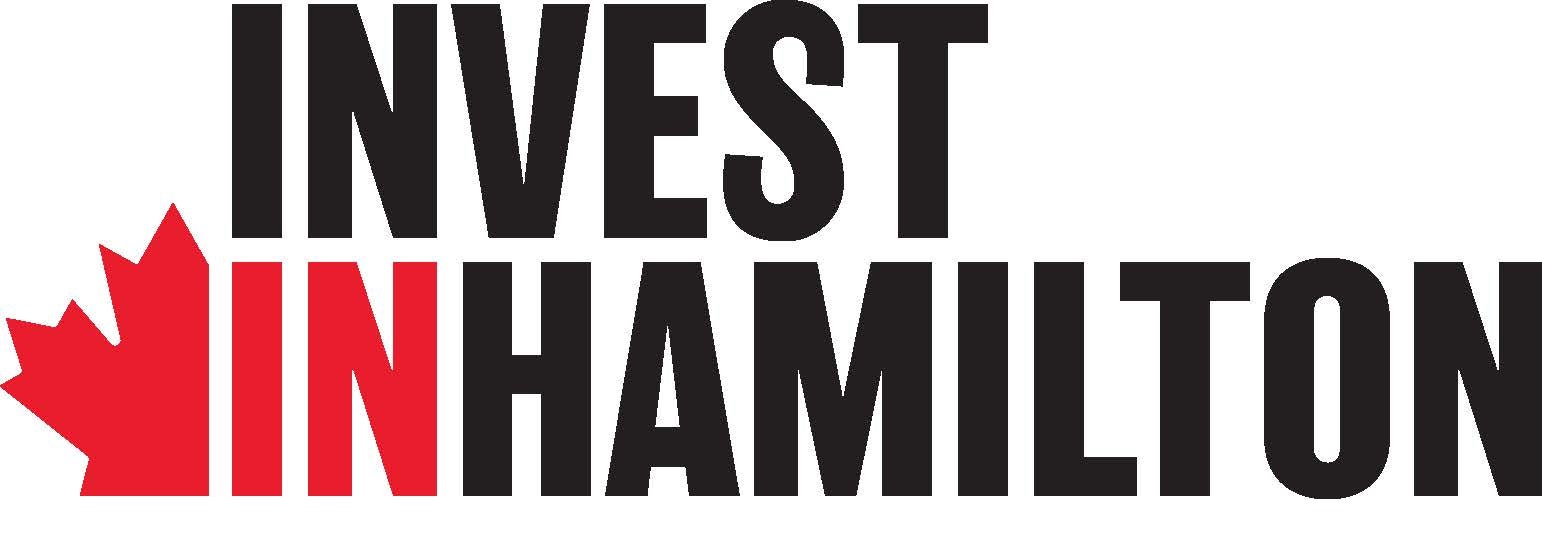
Advancements and innovations in the medical device field enable patients to live longer, healthier and happier lives. New technologies such as robotics and augmented and virtual reality are currently pushing the envelope of what medical technology (medtech) can achieve, with strong growth likely to result.
As of 2021, the industry was valued at C$582.7bn ($428.23bn). By 2028, it is forecasted to reach $842.7bn, representing a CAGR of 5.4%.
One country contributing to this growth is Canada, which currently has the eighth-largest market for medical devices in the world, valued at C$9.3bn in 2021.1 With a strong healthcare system, the country has a high demand for quality medical products.
Canada is not only an important market for distributing devices; it is a strategic place to develop, commercialise and manufacture them. In 2019, medical device companies located in Canada were responsible for C$5.5bn worth of exports.2 Ontario alone boasts more than 1,300 medical device companies including important global players and up and coming innovators.3
Located within this province, the City of Hamilton is not to be overlooked. With a large, well-educated talent pool and some of the strongest healthcare infrastructure in the country, Hamilton is working to become a national leader in medical device development, manufacturing and distribution.
These efforts are now being recognised by global medical device companies. Most notable is Stryker, which has placed continued investments in the city over the past two decades.
Why Hamilton?
Stryker was founded by Dr Homer Stryker in Michigan in 1941, with a mission to invent healthcare solutions where there is a need. Today, the company is one of the world’s leading suppliers of orthopaedic, neurotechnology, and surgical devices and healthcare equipment. In 1990, Stryker incorporated its Canadian subsidiary with headquarters in Hamilton, Ontario.
Growth followed over the next two decades, with the company expanding into multiple buildings in the same area. By 2017, it was time to consolidate those buildings into one much larger facility where Stryker could continue its Canadian growth.
While this could have been an opportunity to relocate to another city, it was an easy decision to stay in Hamilton. According to Lindsay Williams, vice-president and managing director, Stryker’s Canadian division, it all came down to talent.
“Talent is your number one advantage,” Williams believes. “We have our workforce based in this area. When we did an analysis of where our employees were living, many were within 20km of Hamilton.”
The following year, the company started construction at the new business park of the proposed iConnect Community – just two kilometres away from its previous site.
“Our new facility is across the road, so there was no real adjustment for employees in terms of location,” says Williams. “Now it is a big, beautiful building in a new business park and we look forward to that area becoming more of a hub so employees can live and work in the same community.”
Much of what Stryker does originates from its employee-first mentality, making the company a Top Employer in the region for consecutive years. There are currently just under 250 workers at the Hamilton facility. According to Williams, many have enjoyed long tenures at the company, not least because they share Stryker’s important mission to make healthcare better.
Handling busy logistics in Hamilton
While employees came first, there were other advantages to staying and expanding in Hamilton. Firstly, with just a short drive from the 401 freeway, the company’s location in Hamilton is a strategic one for a nationwide distribution centre.
“Our products come from different manufacturing sites around the world into our distribution centre,” explains Williams. “From there, they go out to nearly every hospital in Canada. It is a busy place.
“[Hamilton] is a good transportation hub to have both for south-western Ontario, for Niagara, and also for the rest of the country. It makes it easy because it is at the crossroads of a number of different transportation corridors.” For urgent shipments, the company utilises the John C Munro Hamilton International Airport.
As Stryker continues to grow in Canada, it will not have trouble sourcing new talent in Hamilton. The local labour pool comprises more than 400,000 people; meanwhile, the 45,000 students enrolled at McMaster University and Mohawk College ensure the workforce is regularly fortified with fresh new talent.
McMaster University and Mohawk College both have specific programmes helping to train the next generation of medtech experts. Through a unique partnership, Mohawk College’s Centre of Health Care Simulation provides students with hands-on training at the Institute for Applied Health Sciences on McMaster’s campus.
“The academic institutions like McMaster and Mohawk are often a pool of talent,” says Williams. Stryker’s Canadian division has certainly made use of this, from offering students summer jobs and internships to advertising entry-level job opportunities with the institutions’ careers offices.
In addition, the company has established deep relationships with the local hospitals. Such relationships become particularly important when Stryker introduces new technology to the Canadian market, says Williams.
“They become partners for us to help us understand the value of that device,” she continues. “During the course of these hospitals using our devices, we work really closely with clinicians to understand how they could see improvements for the device. It is a hard job they have. We are trying to do everything we can to make healthcare better.”
In 2018, for example, St Joseph’s Healthcare Hamilton was the first Canadian hospital to acquire Stryker’s Mako physician-assisted surgical robot, designed to perform knee and hip replacement surgeries with greater precision and repeatability.
“It was quite an important milestone for Stryker to have this intelligent robot in Canada, and to have it right in our backyard so we could see how it worked and benefitted patients,” recalls Williams.
The past few years have certainly been exciting for Hamilton’s medtech sector, with the number of medical device entities in the area more than tripling since 2016. Strong growth looks set to continue, with Stryker’s most recent investment laying the ground for other companies to follow.
Companies joining the sector will be well-positioned to benefit from Hamilton’s large and well-educated talent pool, expansive hospital networks, leading research and education cluster, reliable transportation infrastructure and attractive real-estate options – everything needed for a medical device company to succeed.
1,2,3 References available on request


